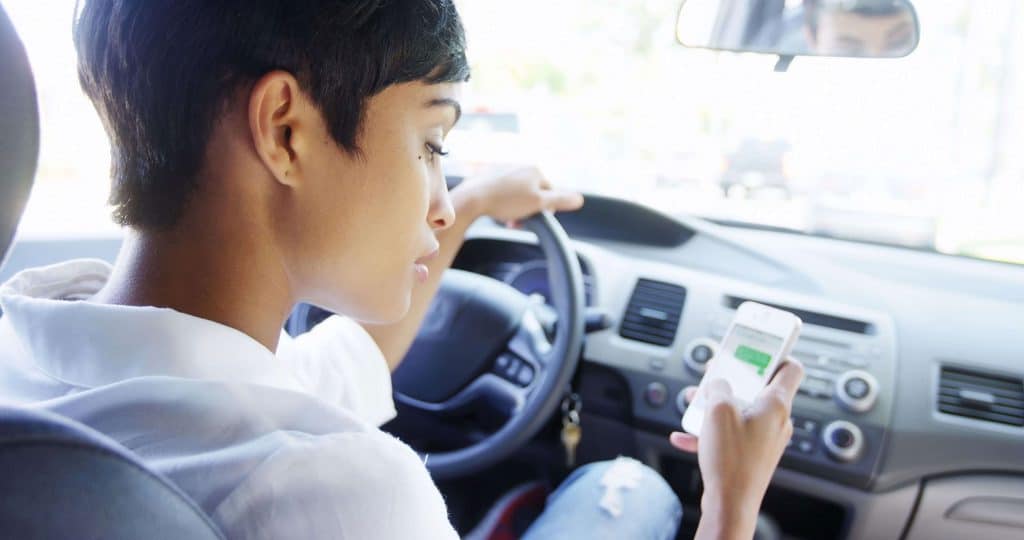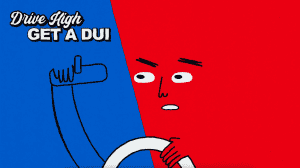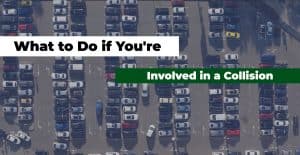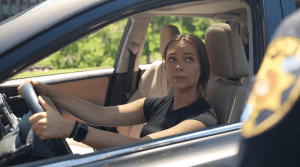When it comes to keeping roads safe for all drivers, passengers and pedestrians, one of the best tactics is also fairly simple: Drivers should stay focused on safely operating their vehicles, and they should remove or minimize any other obstacles or tasks that could divert their attention from this priority.
April is Distracted Driving Awareness Month, an initiative designed to encourage and educate the public on how to recognize and eliminate distractions while driving. This effort is incredibly important as distracted driving is currently one of the largest causes of collisions among motorists. According to a previous study on Colorado drivers, 89% of drivers admitted to engaging in some form of distraction behind the wheel.
The good news is that these hazards are widely preventable when drivers pledge to evaluate their own habits and commit to leaving distractions behind.
To help you and all drivers in the community achieve this mission, here are some of the most common causes of distracted driving as well as tips on how to avoid them:
Using Cellphones
Between sending texts/emails, making/answering calls, taking selfies, or scrolling through social media profiles, it’s often difficult for drivers to put their phones down. While the ability to instantly communicate is certainly convenient, the compulsion to do so can be a danger when operating a vehicle, as it misplaces the driver’s focus and compromises the ability to stay alert to surroundings.
How can drivers stay safe? The safest way to go is to wait to use your cellphone until you are out of your car or you find a safe place to pull over. Engaging in any type of phone call can be distracting, but if you must, try to always use a bluetooth or other hands-free device so that you can continue to keep both hands on the wheel and your eyes on the road. Ideally, your phone call will wait until you have either ended your drive or pulled off the road.
Similarly, make sure your phone is either charged or plugged into the car charger before starting your vehicle. Do not try to plug in your phone while you are driving, even if the phone is almost out of power.
It’s also important to know your local laws, as many states have regulations in place to prevent cellphone use while driving. For example, Colorado’s graduated licensing laws don’t allow teens under 18 to talk or text while driving, whereas adults are legally allowed to talk on the phone but not to text.
Operating GPS Systems
No matter what kind of GPS system you use, entering or adjusting information can be just as distracting as utilizing your phone.
How can drivers stay safe? Know your route ahead of time, and always enter the GPS information before you start your vehicle. If your GPS glitches or you need to make any changes along your way, wait until you can pull over at a safe location.
It’s also helpful to turn the volume up so that you can hear the directions rather than having to constantly look at the screen.
Conversing with Passengers
While engaging in a good conversation during a long drive is one of life’s small pleasures, it’s important that the conversation doesn’t override your first priority of driving safely and attentively.
How can drivers stay safe? Always make a conscious effort to keep focused on the road rather than trying to make eye contact with a passenger. If you find the conversation is demanding too much of your attention, table it for later, or find a safe place to pull over.
It’s also important to note that many states have laws regulating when teen drivers are legally allowed to have peer passengers in the vehicle with them, so always insist that the young drivers in your life follow any necessary regulations.
Adjusting Music or Vehicle Controls
Changing songs or adjusting vehicle controls while driving is potentially hazardous, as doing so requires you to divert your focus away from the road.
How can drivers stay safe? Always try to set your radio station or playlist, volume level, vehicle temperature, and other control knobs at preferred settings before you start driving. If you need to make a change mid-drive, ask a passenger to do it for you, or wait until you come to a stop or you can pull over.
Additionally, keep in mind that it’s best to avoid noise levels that are too loud, as they can be distracting and can drown out important sounds, such as sirens.
Eating/Drinking/Smoking
While it’s not realistic to tell drivers to never quench their thirst on the road, the reality is that eating, drinking, or smoking can all be forms of distraction. Searching or reaching for a water bottle, opening a bag of chips, eating something messy, or lighting a cigarette are all situations that lead drivers to take their hands off the wheel and eyes off the road.
How can drivers stay safe? If you are wanting or needing to engage in these activities, try to take care of them before you start driving, or find a safe place to park your car for a small break.
Grooming
While everyone gets short on time once in a while, it’s never safe to put on makeup, brush your teeth, shave, or style your hair while operating a vehicle.
How can drivers stay safe? Take care of any personal grooming at home. You can also bring your necessary products with you, and take care of matters when you arrive at your destination.
Rubbernecking
It’s human nature to admire beautiful scenery or take notice of any surprising incidents, such as someone getting pulled over. However, rubbernecking (the act of turning your neck around to get a better view of something) while driving can be extremely hazardous, as it removes the focus off of driving and onto satisfying your curiosity.
How can drivers stay safe? If you see something along the road that piques your interest, bookmark that thought for later, but focus on driving with awareness planted on your current surroundings. You can always go back to a beautiful landmark, or check the news to see what the incident involved.
Managing Pets and Children
Whether it’s a dog trying to climb over and give its owner a kiss or a pair of squabbling kids in the backseat, both pets and children often demand that a driver focuses on them and not the road.
How can drivers stay safe? Installing pet restraints or pet car dividers can help your dog stay in one place in the car, helping to keep you both safe.
When it comes to children, traveling with another adult in the car is ideal, but it’s not always possible. It’s helpful to think ahead and be as prepared as possible.
Put on a movie or prepare another form of entertainment that’s safe in a car. Get all snacks and drinks ready to go before you start your journey. This will prevent you from needing to find or hand your children items while you should be focused on driving.
If something happens that you need to tend to more directly, always wait until you can safely pull over.
DriveSafe Is Committed to Keeping Our Colorado Roads Distraction Free
There are countless forms of distractions drivers face every day, and while some are easier to avoid than others, it’s vital to make a deliberate and conscious effort to reduce all distractions while operating a vehicle. Taking your eyes off of the road for even a few seconds can be hazardous, so do yourself and your community a favor by prioritizing safe, alert driving above all else.
Our Colorado driving school has been around for over three decades, and our curriculum is designed to help each of our students understand the importance of avoiding distracted driving. At the end of the day, all students who complete our programs are given the tools to be skilled drivers who help create safer roads in our cherished Colorado communities.
If you’re looking for a driving school in the Denver Metro area, get in touch today to see how we can help!










